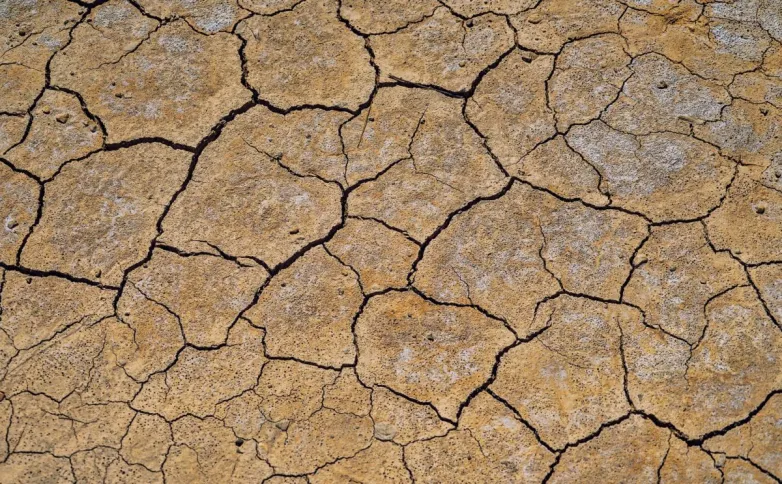PV to address water scarcity
Oct 30, 2019 03:23 PM ET
- The government of the Philippines will spend $500 million on solar-powered water supply and desalination in remote areas of Mindanao, the second-largest island in the archipelago. Elsewhere, a Finnish study has suggested drought-hit Iran could benefit from renewable-powered desalination.

The government of the Philippines is planning to invest heavily to address water scarcity in remote areas of Mindanao, the archipelago’s second largest island.
The Mindanao Development Authority (MinDA) and the national Department of the Interior and Local Government will devote $500 million to the Mindanao Rural Water Supply project, an initiative aimed at establishing solar-powered water supply and desalination in all the “barangays” – administrative districts – of Mindanao, including the island provinces of Sulu and Palawan.
“Soon, each barangay in Mindanao, Sulu and Palawan will have clean water for drinking and irrigation,” said MinDA secretary Emmanuel Piñol, according to the government press service.
Water to the people
The project will bring drinking water as well as helping small irrigation projects for vegetable farms and backyard livestock projects. Solar-powered desalination plants will be built and water will also be provided, using solar-powered pumping, for rice and high-value crops.
The government said the program will be financed by a loan from an unspecified Israeli entity via the Development Bank of the Philippines.
A National Demographic and Health Survey by the Philippine Statistics Authority in 2017 found the war-torn autonomous region in Muslim Mindanao had the worst power supply of the Philippines’ 17 regions.
A project which used solar to help power aquaculture in Mindanao was launched by the United Nations Industrial Development Organization in August. The international body wants solar and energy storage to operate alongside diesel generators to boost power supply in the island municipalities of Sitangkai and Sibutu, where many seaweed farms are located.
Iran’s water crisis
Meanwhile, a study produced by Finland’s Lappeenranta-Lahti University of Technology has found Iran, which suffers from a chronic shortage of water, could partly address the problem with renewable energy-powered desalination.
The paper Securing future water supply for Iran through 100% renewable energy powered desalination, found a combination of fixed-tilt and single-axis tracker-mounted solar – plus wind power, storage and power-to-gas technology – could help meet future drinking water demand by powering seawater reverse osmosis (SWRO) desalination plants.
Under the model suggested, Iran could meet most of its water demand with SWRO plants powered by renewable energy by 2030.
Desalination is considered the best solution to the water crisis as the current over-extraction of the resource is draining rivers and lakes and posing a threat to human habitation in the affected areas.
The business case
The levelized cost of water (LCOW), a figure which includes production, transportation and storage costs, is estimated at €1-2.50/m3 ($1.11-2.78). “The current LCOW of fossil [fuel]-powered SWRO plants, excluding water transportation, in Iran is around €0.70/m3, compared to about €1/m3 based on 100% renewable energy along the coastlines and including transportation cost,” the researchers wrote.
The authors of the study noted the combination of solar power and battery storage provides the most attractive solution for meeting Iran’s electricity demands.
Iran is having trouble implementing its renewable energy program due to sanctions re-imposed by U.S. president Donald Trump last year. The resulting uncertainty has deterred clean energy investors, with large scale projects halted in a country which had previously already put plenty of obstacles in the path of renewable energy deployment.
According to the latest statistics released by the International Renewable Energy Agency, Iran had installed PV generation capacity of around 286 MW at the end of last year, part of a 12.6 GW renewable energy portfolio.
Also read
